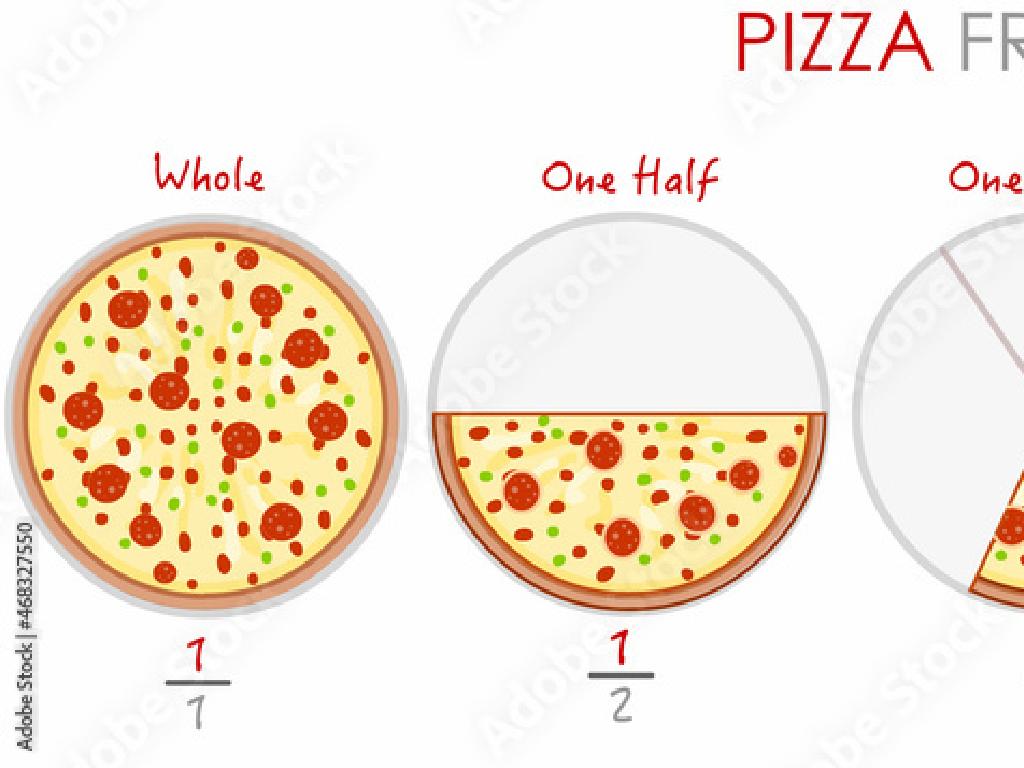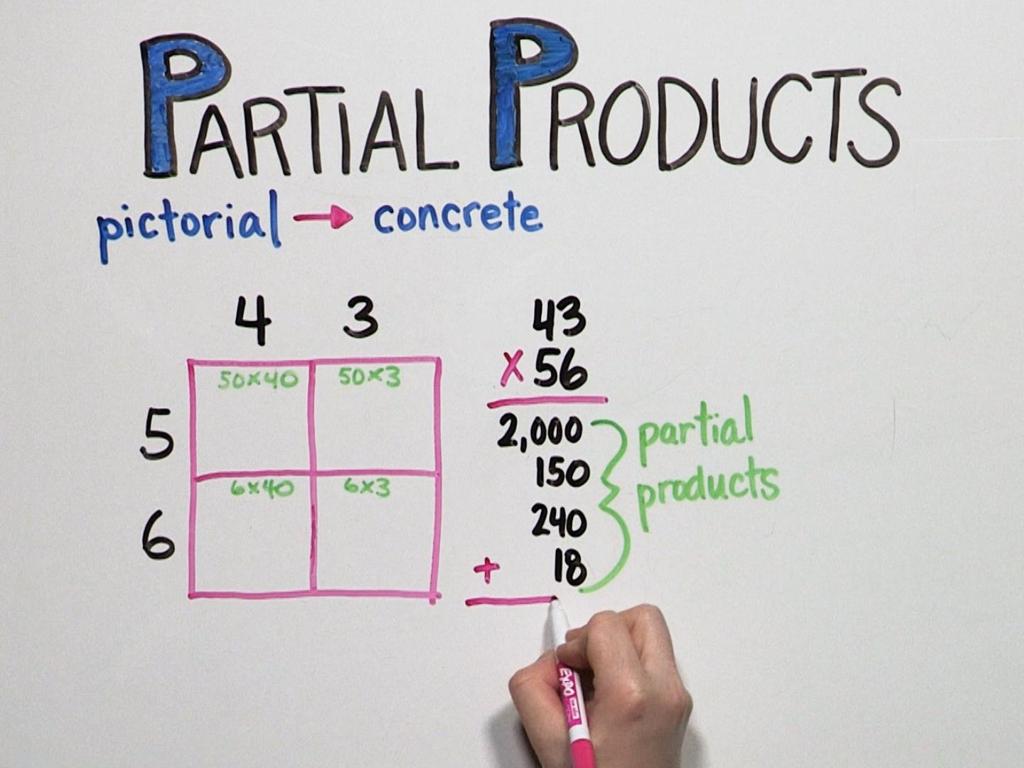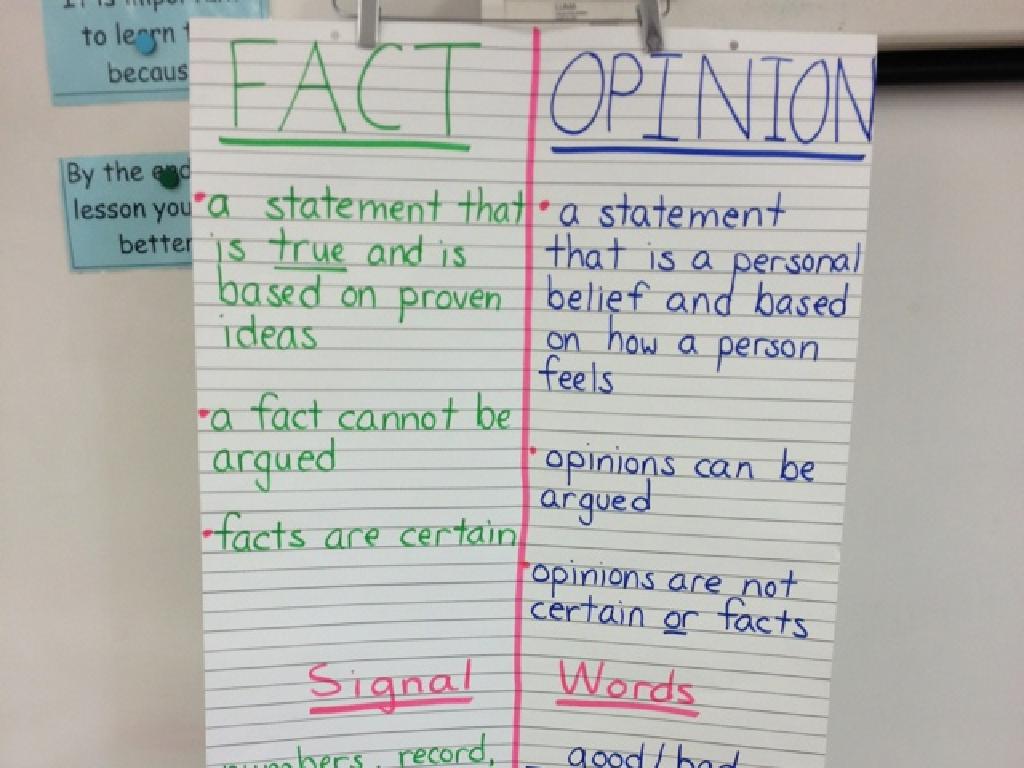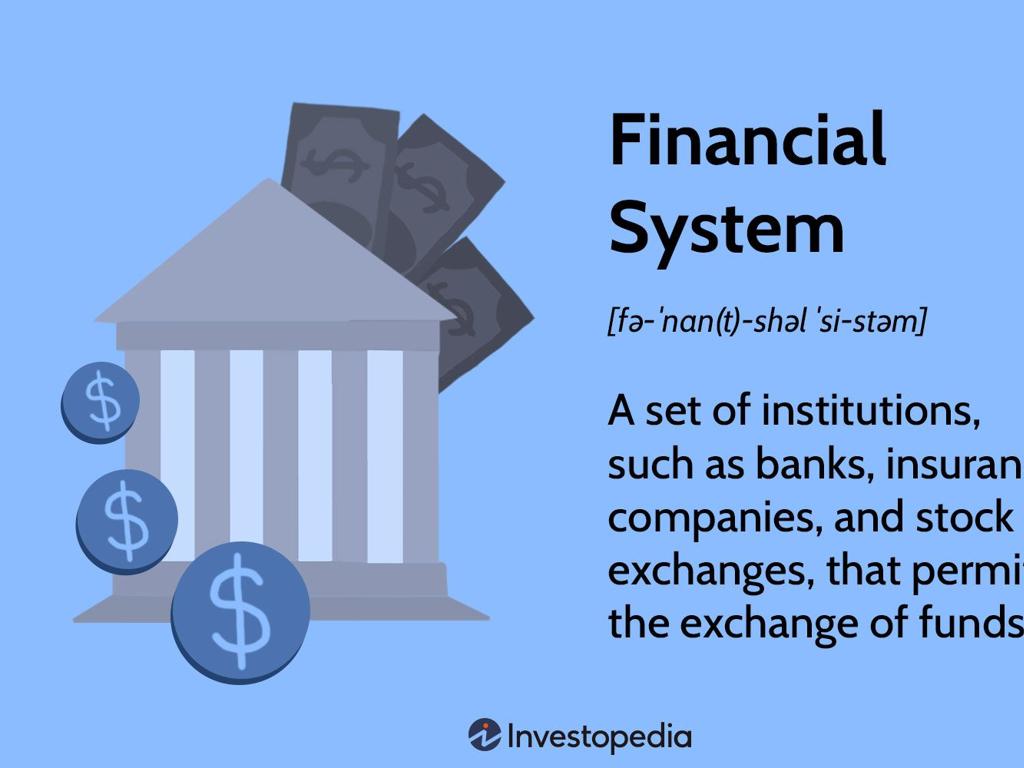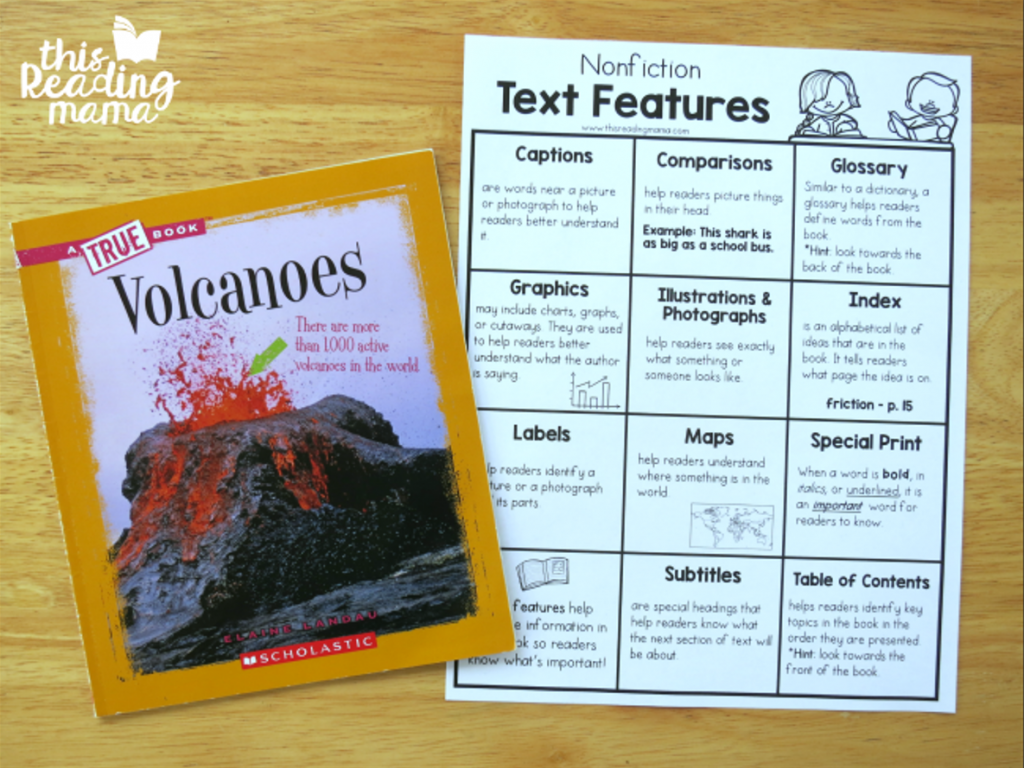Multiply A Decimal By A One-Digit Whole Number Using The Distributive Property
Subject: Math
Grade: Fifth grade
Topic: Multiply Decimals By Whole Numbers
Please LOG IN to download the presentation. Access is available to registered users only.
View More Content
Multiplying Decimals Using Distributive Property
– Today’s goal: Decimal x Whole number
– Quick review of decimals
– Decimals represent parts of a whole
– Explaining Distributive Property
– Break a number into parts, multiply each, then add up
– Practice with examples
– Example: 0.4 x 3 = (0.2 x 3) + (0.2 x 3)
|
This slide introduces the concept of multiplying decimals by a whole number using the distributive property. Begin with a quick review of what decimals are and how they represent fractions of a whole, ensuring students are comfortable with the concept. Then, explain the distributive property, which allows us to break a number into parts, multiply each part by the whole number, and then add the results together. Use clear examples to demonstrate this, such as multiplying 0.4 by 3 by breaking 0.4 into two parts of 0.2. Multiply each 0.2 by 3 and then add the products. This method helps students understand the process and makes it easier to handle more complex problems. Encourage students to practice with different examples and provide guidance as needed.
Understanding Decimals and Multiplication
– What is a decimal?
– A decimal represents a part of a whole, like 0.5 is half.
– Decimal places: tenths to thousandths
– Tenths (0.1), hundredths (0.01), thousandths (0.001) show value’s position.
– Decimals in daily life
– Money uses decimals: $0.75, measurements like 1.2 meters.
– Multiplying decimals by whole numbers
– Use distributive property to multiply, e.g., 0.3 x 4 = (0.2 + 0.1) x 4.
|
Begin with a review of what a decimal is and how it represents fractions of a whole, which is a concept fifth graders should be familiar with. Explain the place value system for decimals, emphasizing the tenths, hundredths, and thousandths places. Provide relatable examples such as money and measurements to illustrate decimals in everyday life. Then, introduce the concept of multiplying a decimal by a whole number using the distributive property, ensuring to provide a clear example. This will set the stage for more complex problems and help students visualize the process.
Understanding the Distributive Property
– What is Distributive Property?
– It allows you to multiply a sum by multiplying each part separately and then adding them.
– How to distribute in multiplication
– For example, 3 x (4 + 2) can be solved as (3 x 4) + (3 x 2).
– Expression: a(b + c) = ab + ac
– This shows how to break down a multiplication problem into simpler parts.
– Why it’s useful in math
– It simplifies complex problems and helps in mental math.
|
The Distributive Property is a key concept in mathematics that simplifies multiplication involving sums. It’s especially useful when dealing with decimals and whole numbers. By teaching students to ‘distribute’ the multiplication over each addend, they can break down more challenging problems into manageable steps. This property not only makes calculations easier but also enhances students’ number sense and understanding of algebra. Encourage students to practice this property with different numbers to gain confidence in using it for various math problems.
Multiplying Decimals by Whole Numbers
– Multiply without distributive property
– Example: 0.5 x 4 = 2
– Multiply as if there were no decimal, then place the decimal
– Practice: 0.3 x 7
– Try this one on your own!
– Steps to solve multiplication
– Line up numbers, multiply, place decimal in the product
|
This slide introduces students to the concept of multiplying decimals by whole numbers without using the distributive property. Start by explaining that they can multiply decimals just like whole numbers, but they must remember to place the decimal point in the correct spot in their answer. For the example, show how to multiply 5 by 4 to get 20, then place the decimal to get 2.0, which we write as 2. For the practice problem, guide the students through the process: multiply 3 by 7 to get 21, then place the decimal to get 2.1. Emphasize the importance of understanding the place value when placing the decimal in the final answer. Encourage students to solve the practice problem and be ready to discuss the steps they took to find the answer in the next class.
Multiplying Decimals Using Distributive Property
– Break down the decimal
– Split 0.5 into 0.4 and 0.1
– Example: 0.5 x 4
– Multiply each part by 4
– Apply distributive property
– Add the products together
– Solve: 0.4 x 4 + 0.1 x 4
– Final answer: 2
|
This slide introduces the concept of using the distributive property to multiply a decimal by a whole number. Start by explaining how to break down the decimal into smaller parts that are easier to multiply. Use the example 0.5 x 4 to show this process in action: split 0.5 into 0.4 and 0.1, then multiply each by 4 to get 1.6 and 0.4 respectively. Finally, add the two products together to find the answer, which is 2. Encourage students to practice this method with different decimals and whole numbers to reinforce their understanding.
Practicing the Distributive Property
– Understand distributive property
– Example: 0.8 x 3 using distribution
– (0.5 + 0.3) x 3 shows distribution
– Break down 0.8 into 0.5 + 0.3
– 0.8 is split for easier multiplication
– Multiply each part by 3 separately
– 0.5 x 3 = 1.5 and 0.3 x 3 = 0.9, then add results
|
This slide is aimed at helping students practice the distributive property with decimals. Start by explaining the distributive property as a way to break down a harder problem into simpler parts. Use the example 0.8 x 3 and show how 0.8 can be split into 0.5 and 0.3 for easier multiplication. Work through the example as a class, multiplying each part by 3 and then adding the results together. This will help students see how the distributive property simplifies multiplication with decimals. Encourage students to try their own examples and assist them in breaking down the decimals and using the property correctly.
Group Activity: Decimal Multiplication
– Break into groups and solve problems
– Each group presents their solution
– Explain the process used
– Activity: Multiply decimals
– Practice with 0.7 x 2, 0.6 x 5, 0.9 x 3
|
This slide initiates a group activity focused on multiplying decimals by whole numbers using the distributive property. Divide the class into small groups and provide each with the set of problems to solve collaboratively. Encourage students to discuss the steps they take and ensure they understand the distributive property’s role in the process. After solving the problems, each group will present their solutions to the class, explaining the method they used. This activity not only reinforces their understanding of the concept but also promotes teamwork and communication skills. Possible variations of the activity could include using different decimal and whole number combinations, or challenging students to create their own problems for others to solve.
Wrapping Up: Decimals & Distributive Property
– Review of today’s key concepts
– Why distributive property matters
It simplifies complex multiplication and is used in algebra.
– Homework: Practice problem set
Solve problems multiplying decimals by whole numbers.
– Keep practicing for mastery!
|
As we conclude today’s lesson, it’s important to recap the main points we’ve covered about multiplying decimals by whole numbers using the distributive property. Emphasize the value of the distributive property as a foundational skill in mathematics that helps simplify multiplication and is a stepping stone to algebra. For homework, assign a set of practice problems that reinforce the concepts learned today. Encourage students to approach these problems with confidence, reminding them that practice is key to mastering new skills. The homework will help solidify their understanding and prepare them for more advanced topics.

